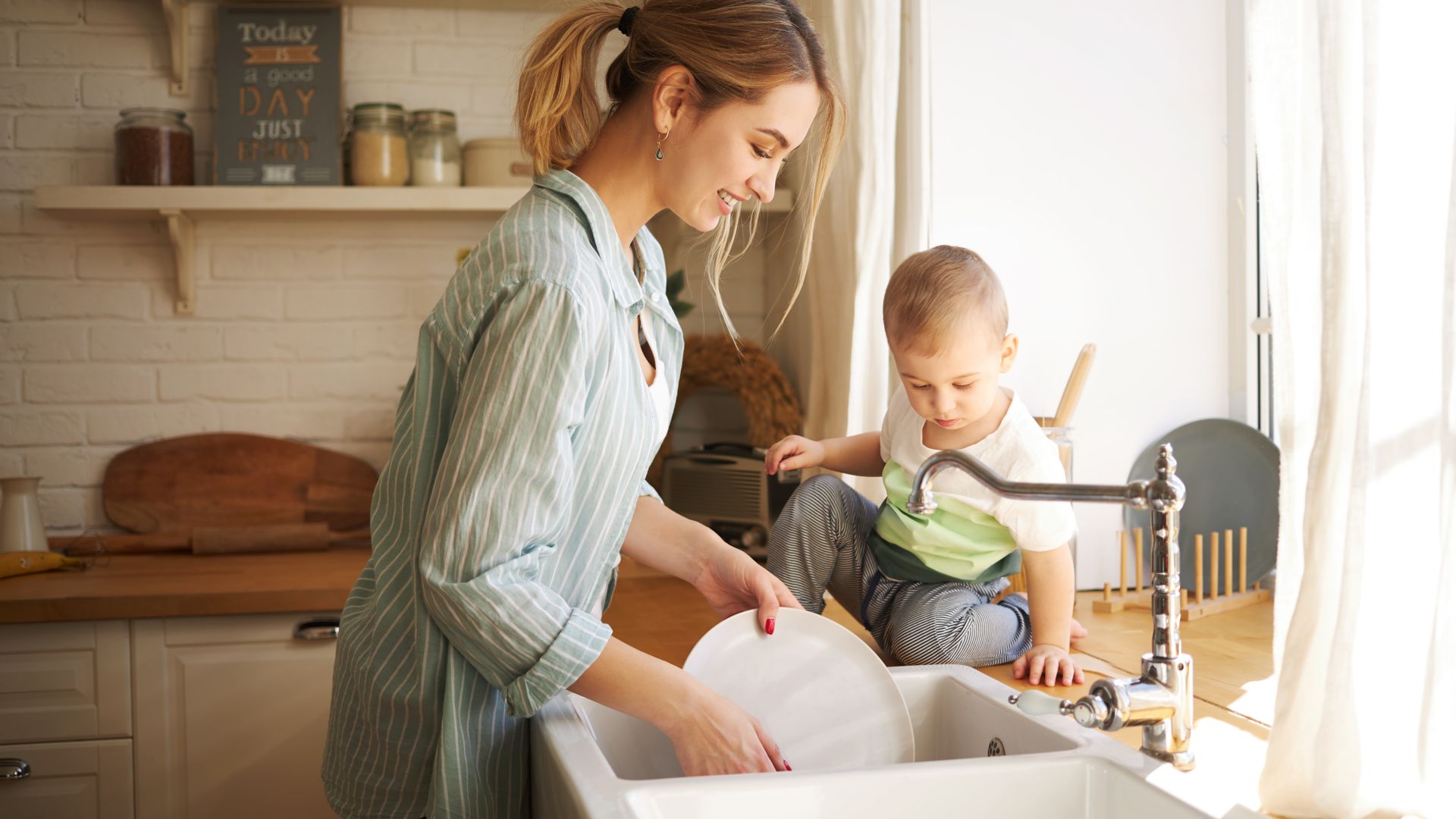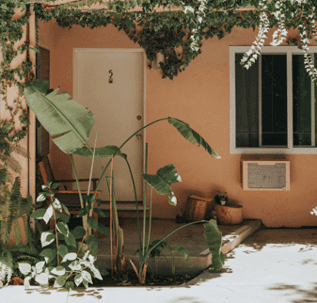Dealing with plumbing issues can be a nightmare, especially when it comes to detecting slab leaks. Traditional methods often involve invasive procedures that can cause extensive damage to your property. However, there's a revolutionary solution that can save you time, money, and headaches: slab leak detection with thermal imaging. In this blog post, we will explore how this non-invasive technique works and why it's the ideal choice for resolving your plumbing problems.
What are slab leaks?
Before we dive into the benefits of thermal imaging, let's briefly understand what slab leaks are. Slab leaks occur when water pipes beneath the concrete foundation of your home develop leaks. These leaks can cause significant damage to your property, leading to mold growth, foundation issues, and skyrocketing water bills.
Enter thermal imaging: The non-invasive solution
Thanks to advancements in technology, plumbers now have access to thermal imaging cameras that can detect slab leaks without causing any damage. These cameras use infrared radiation to identify temperature variations in your home's foundation, pinpointing the exact location of the leak.
The benefits of thermal imaging for slab leak detection
- Accuracy: Thermal imaging provides precise and accurate results, allowing plumbers to locate the source of the leak with minimal effort and disruption.
- Non-invasive: Unlike traditional methods, thermal imaging doesn't require any destructive procedures. This means no unnecessary damage to your property and a quicker resolution to your plumbing issues.
- Time-saving: With thermal imaging, plumbers can quickly identify the source of the leak, eliminating the need for extensive exploratory work. This saves you time and allows for a faster repair process.
Signs You Have A Slab Leak
A slab leak can be a nightmare for homeowners, leading to potential water damage and costly repairs. Detecting this hidden issue early is crucial to prevent further damage and protect your property. In this article, we'll explore some common signs that may indicate you have a slab leak, allowing you to take swift action and seek professional assistance.
Here are some key signs you may have a slab leak:
- Unexplained Water Puddles: Finding water puddles indoors or around your home's foundation could indicate a water leak beneath the slab.
- Sudden Increase in Water Bills: If your water bills have unexpectedly skyrocketed, it might be a clear indication of a hidden leak.
- Hot Spots on Floors: Areas of warmth or moisture on your floors, especially in unexpected places, might be a sign of hot water leaking from a pipe beneath the slab.
- Mold or Mildew Growth: Excessive mold or mildew growth, particularly on walls or carpets, could be caused by the presence of moisture from a slab leak.
- Low Water Pressure: Decreased water pressure throughout your home can indicate water escaping through a leak in the foundation.
- Cracks in Walls or Floors: New or expanding cracks in your walls or flooring might be a result of shifting caused by water damage from a slab leak.
Being vigilant about these signs can save you from major structural damage and unnecessary expenses. If you suspect a slab leak in your home, don't hesitate to contact a professional plumbing service like Nautilus Plumbing. Our skilled technicians can use advanced thermal imaging technology to accurately detect and locate slab leaks, allowing for prompt repairs and preserving the integrity of your home. Early detection and repair are key to maintaining a safe and water-efficient environment, so act quickly if you notice any of these warning signs.
Don't let slab leaks wreak havoc on your property. With thermal imaging, you can detect and resolve these issues without the need for invasive procedures. Nautilus Plumbing is here to help you with our non-invasive slab leak detection services.
Contact us today to schedule an appointment.

